The Core Principles of Homeopathy
Homeopathy is a holistic system of medicine with a rich history and a unique approach to healing. By emphasizing the individuality of patients and working with the body’s natural healing mechanisms, homeopathy offers a path to wellness that aligns with the laws of nature.
Here are the core principles of homeopathic philosophy and practice explained in detail:
1. The Vital Life Force
In homeopathy, the Vital Life force is understood as the animating energy that sustains and regulates the human body. It’s more than just the immune system; it’s the essence that governs our physical, emotional, and mental well-being.
When we fall ill, it’s a sign that this vital force is out of balance, or homeostasis. Symptoms are the body’s way of signaling that something is amiss and attempting to restore equilibrium.
Homeopathic remedies work by gently nudging the vital life force back into balance, helping the body return to homeostasis.
2. Individualization
No two people experience illness in exactly the same way. Even common ailments like colds can manifest differently from person to person. For example:
One person might have a dry, hoarse cough, while another’s is wet and chesty.
Some people become restless and irritable, while others feel lethargic and subdued.
Thirst, appetite, sleep patterns, and even dreams may change uniquely for each individual during illness.
Homeopathy recognizes these differences and treats each person as a unique individual. Treatment plans are highly personalized, taking into account physical, emotional, and mental symptoms to find a remedy that aligns with the patient’s specific experience.
3. The Law of Similars
The Law of Similars, often summarized as “like cures like,” is a cornerstone of homeopathy. This principle states that a substance capable of producing symptoms in a healthy person can, in highly diluted forms, cure those same symptoms in someone who is ill.
Consider how the name "homeopathy" itself reflects its core philosophy: derived from the Greek words homeos (meaning "similar") and pathos (meaning "suffering"), it encapsulates the principle of "like cures like."
This principle is somewhat echoed in conventional practices. For instance, the "hair of the dog" concept for easing a hangover and the use of stimulants like Ritalin for ADHD demonstrate how substances that mimic certain symptoms can bring relief (although these examples are not homeopathy.)
Unlike conventional allopathic (derived from the Greek words allos, meaning "opposite" and pathos, meaning "suffering") medicine, which often suppresses symptoms with “anti-” medications (antibiotics, antihistamines, antidepressants, etc.), homeopathy embraces symptoms as the body’s expression of imbalance. By matching remedies to these symptoms, homeopathy supports the body’s innate healing processes.
4. Totality of Symptoms
Homeopathy takes a holistic view of illness, considering the Totality of Symptoms. This differs from a more reductive approach of isolating a single specific issue, or seeing issues as unrelated to other issues. The Totality of Symptoms means looking at:
Physical symptoms in detail
Emotional and mental states and personality in detail
Environmental and lifestyle factors in detail
Spiritual understanding and relation to the self and world around in detail
Personal preferences and habits (such as temperature, food cravings or aversion, thirst, sleep, etc.)
Every detail—even those that seem minor or unrelated—contributes to the overall “symptom picture.” Homeopathic practitioners use this comprehensive view to select a remedy that matches the individual’s unique experience of illness.
5. Minimum Dose
The concept of the minimum dose is central to homeopathy. Remedies are prepared through a process of dilution and succussion (vigorous shaking and striking) to enhance their energetic medicinal properties while eliminating toxicity. This concept is very specific to homeopathy and allows us to harness the medicinal aspects of substances would not otherwise be used due to their toxicity in their crude state.
Another aspect of the minimum dose is that homeopaths aim to administer just enough of a remedy to stimulate the body’s vital life force without overwhelming it. This gentle approach reduces the risk of side effects and is especially suitable for sensitive individuals, children, and during pregnancies.
6. Dilution and Succussion
As aforementioned, homeopathic remedies are made by diluting a substance in water or alcohol and then potentizing it through succussion. This process retains the energetic imprint of the original substance while removing any harmful effects. Even at extremely high dilutions, the remedies remain effective, making them safe for people of all ages and sensitivities. In fact, in homeopathy, the more diluted a remedy is, the stronger and more potent it is.
The belief is that this preparation method enhances the substance’s ability to interact with the vital life force, supporting the body’s natural healing mechanisms.
Why Homeopathy Matters
Homeopathy’s principles offer a compassionate and individualized approach to healthcare. By recognizing the body’s innate wisdom and working with, rather than against, its natural processes, homeopathy empowers individuals to achieve balance and wellness holistically.
Whether you’re curious about alternative medicine or seeking gentle, effective care, understanding these core principles can open the door to a deeper appreciation of this unique healing system.
Ready to explore how homeopathy can support your health journey? Book an appointment with me today and take the first step towards holistic wellness!





